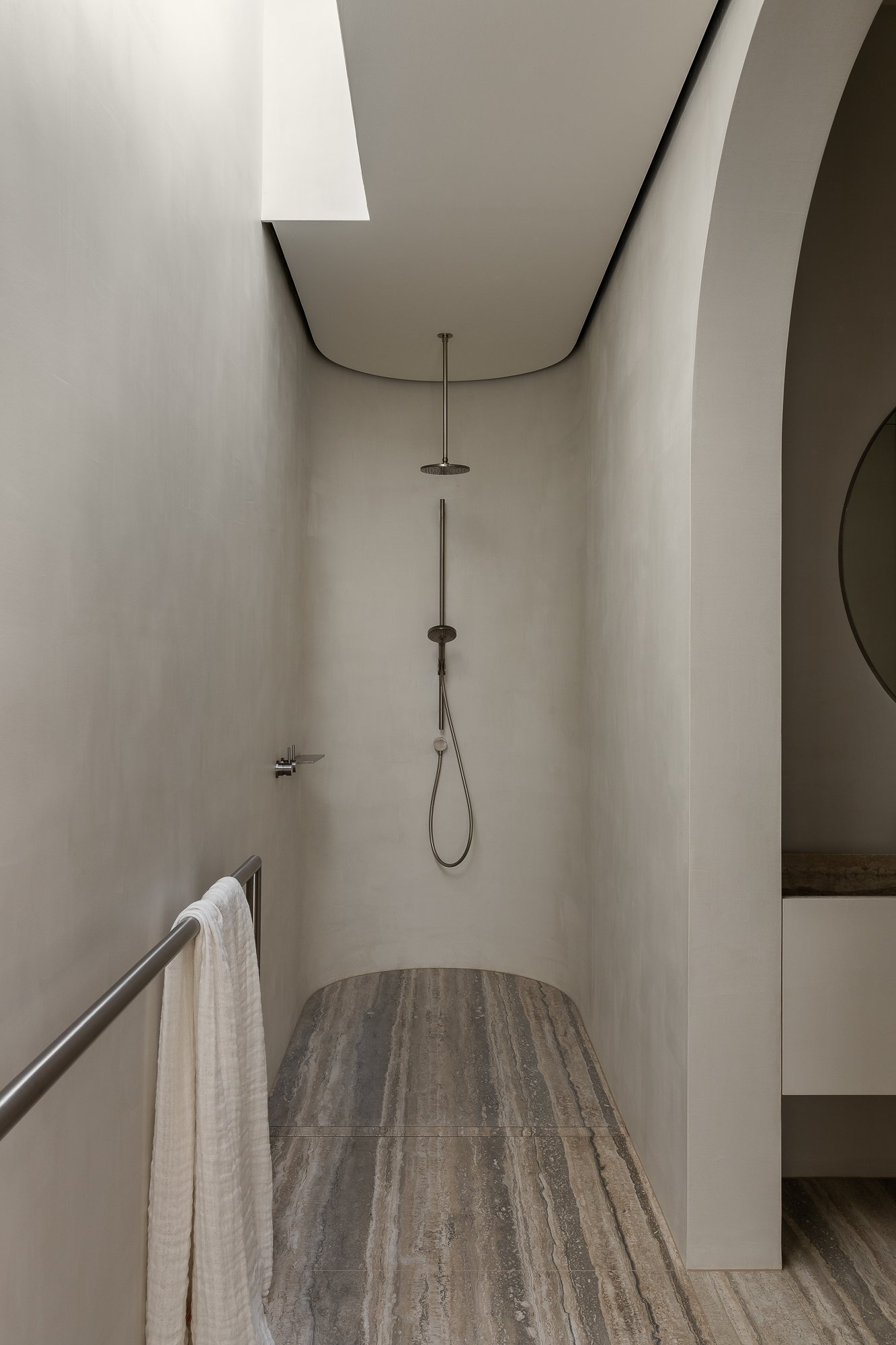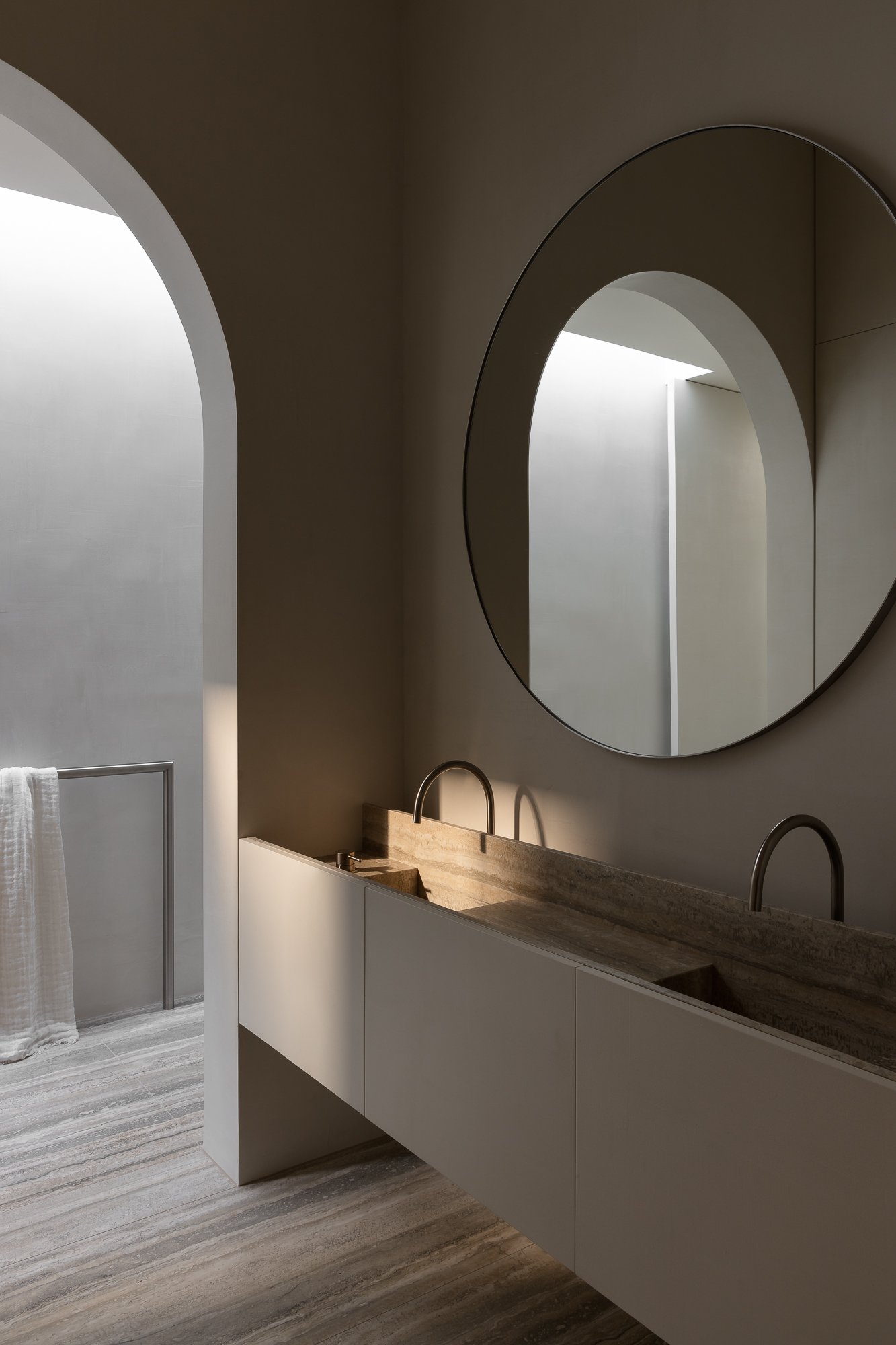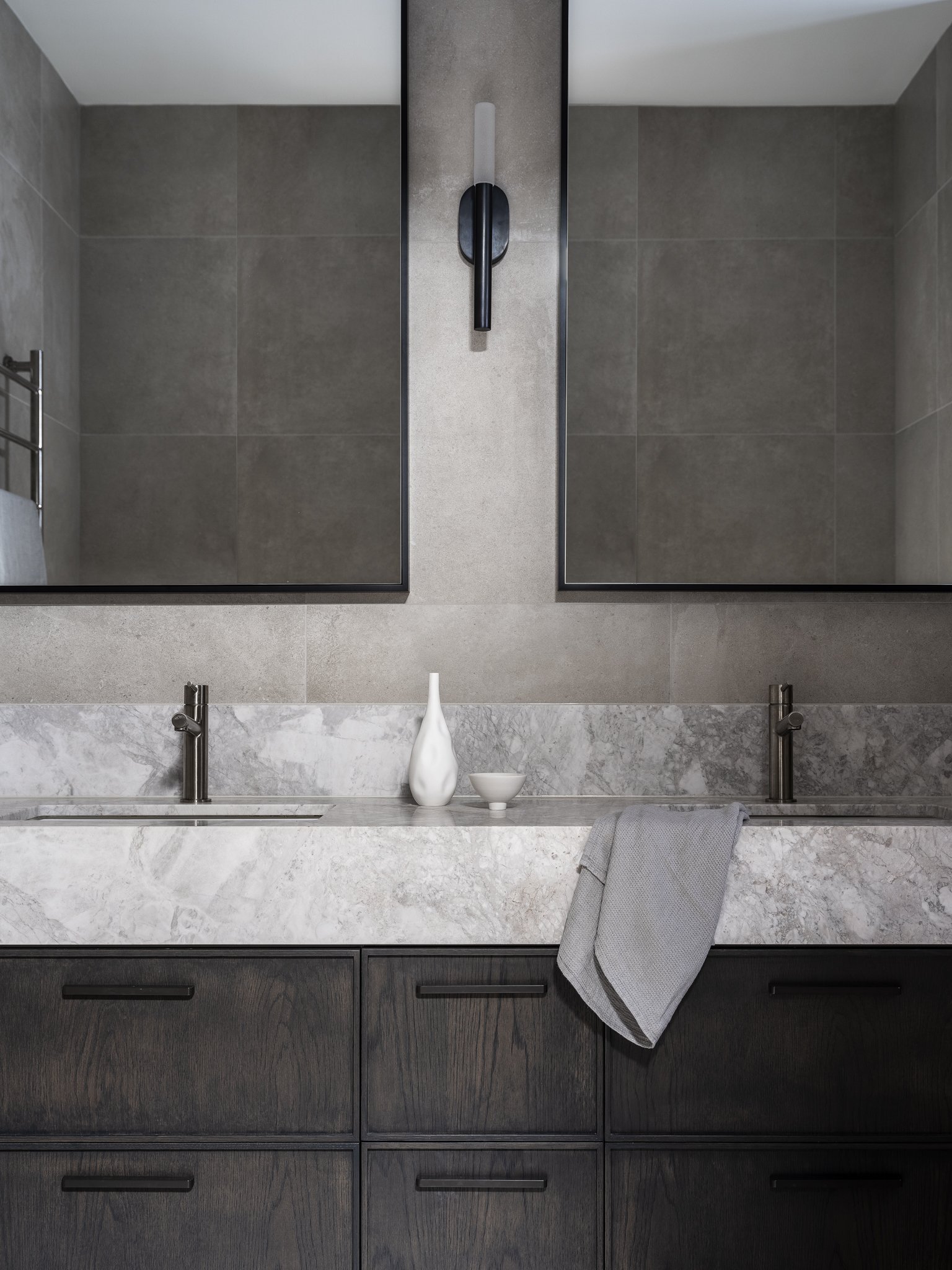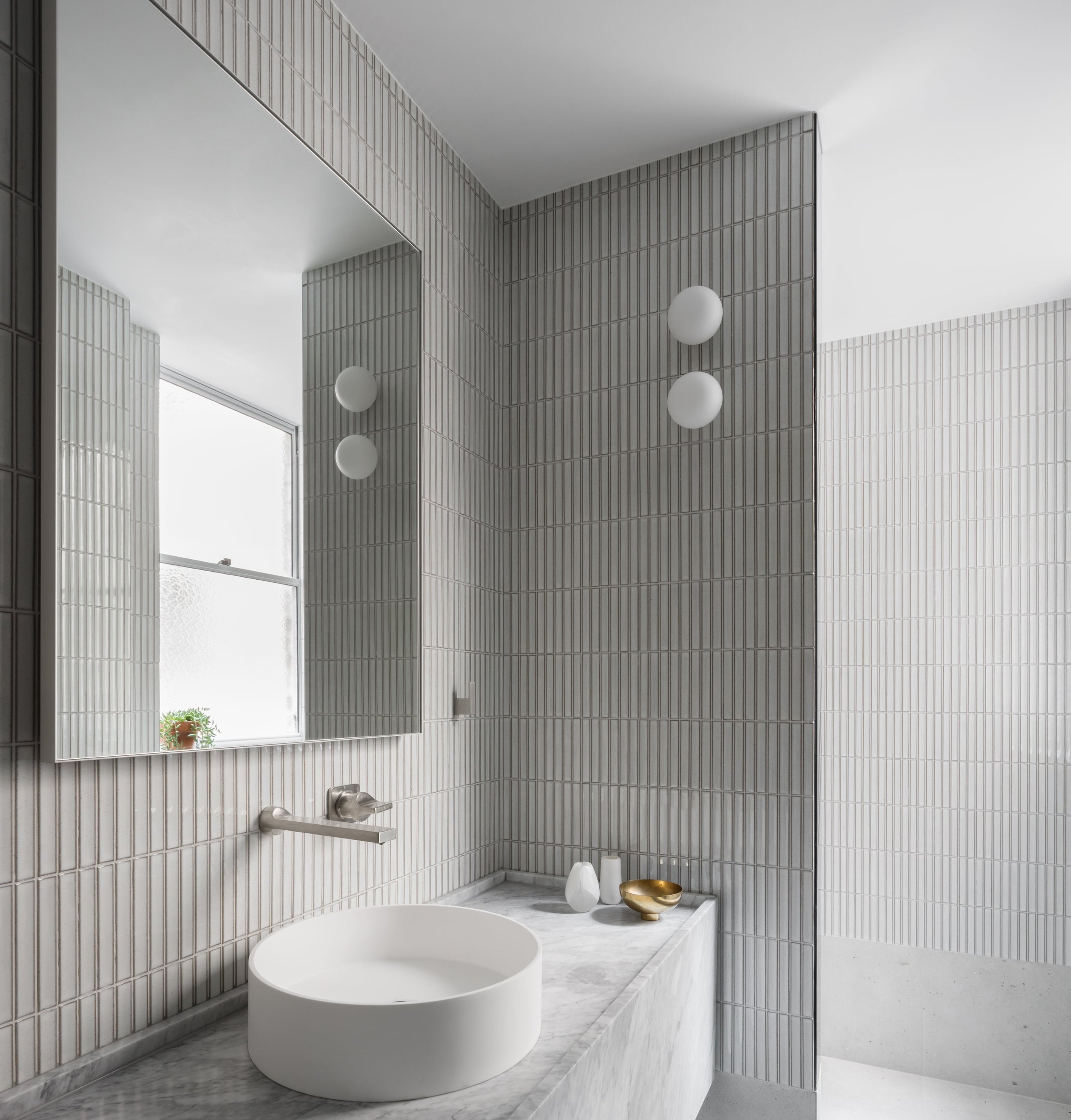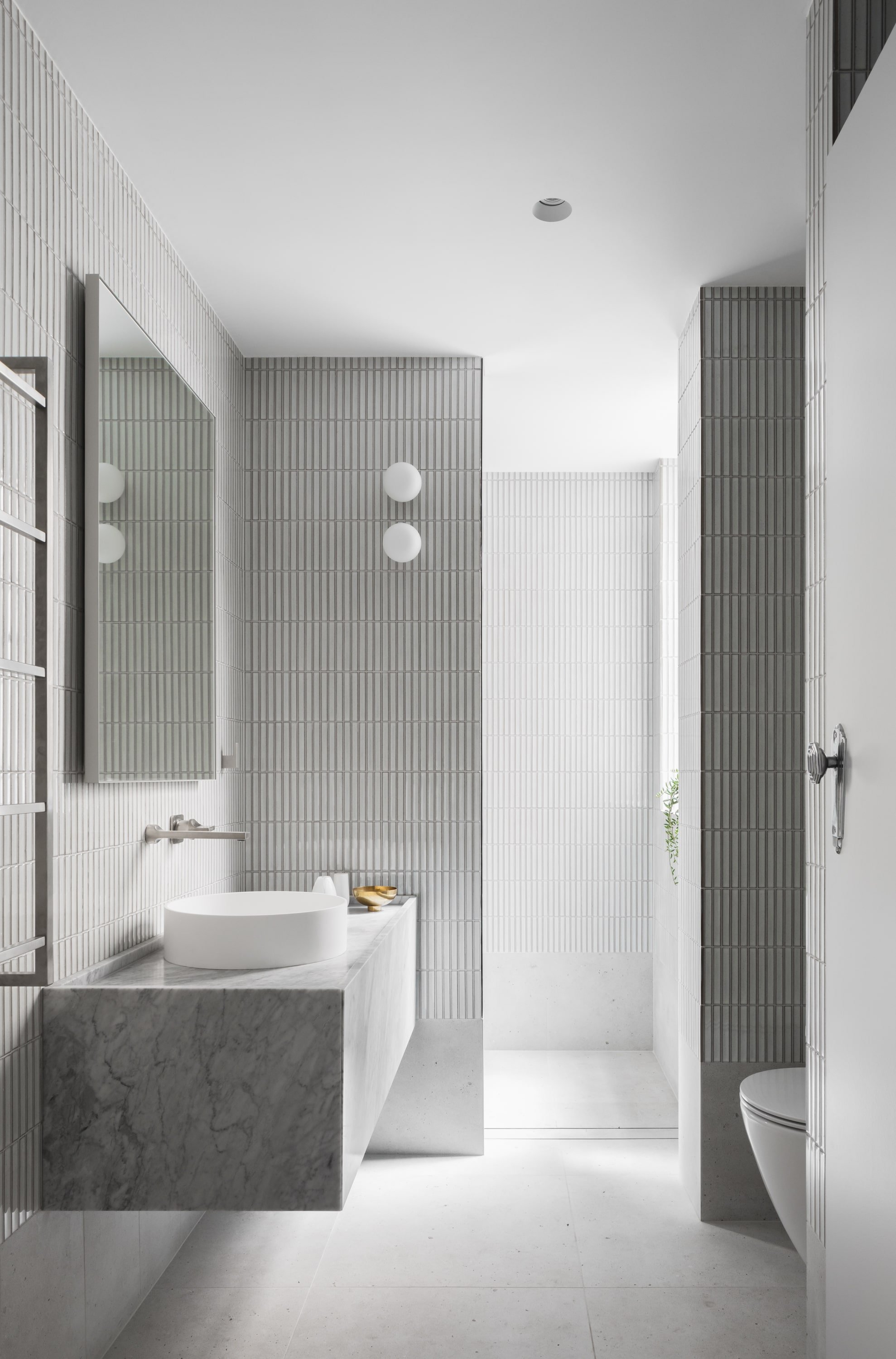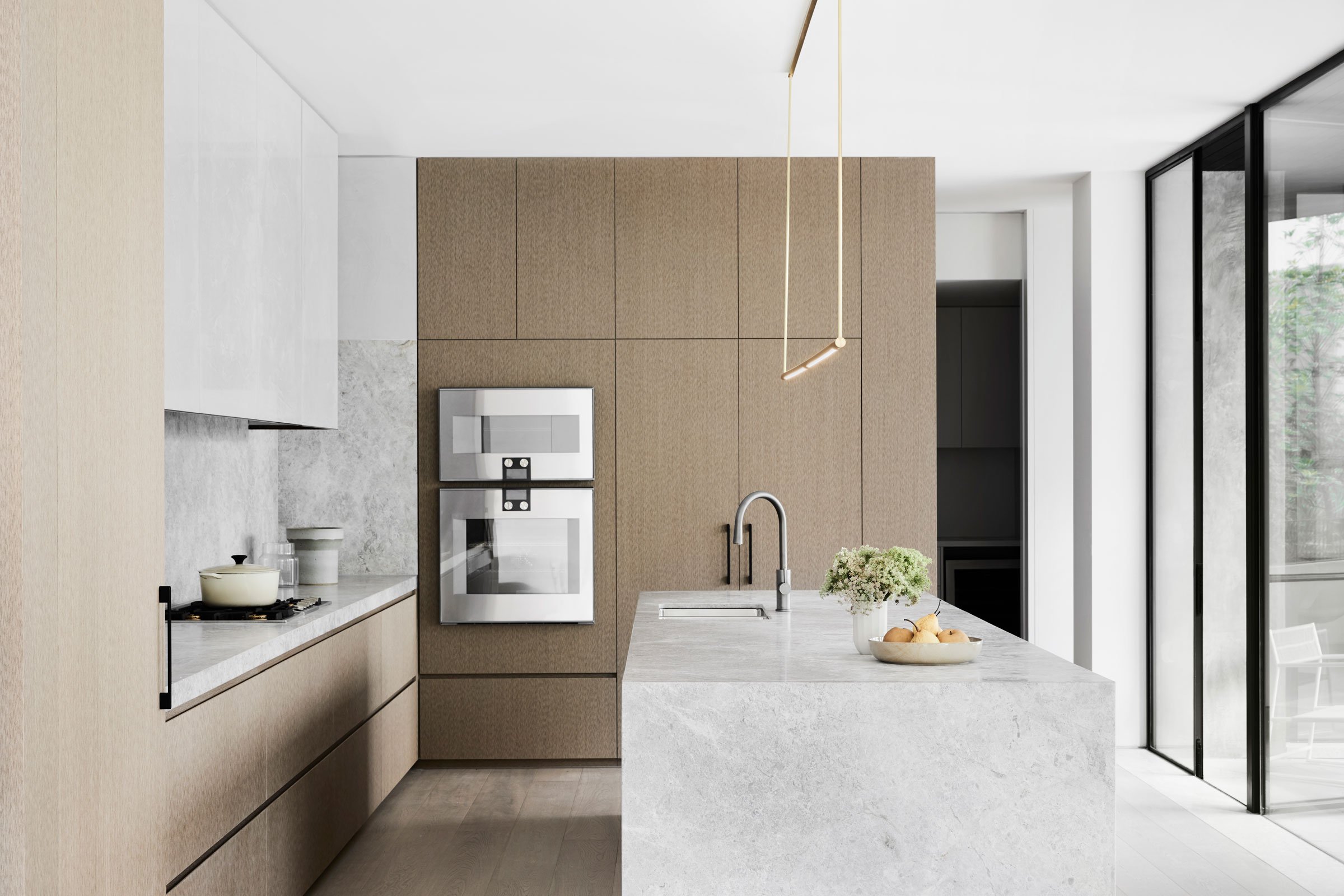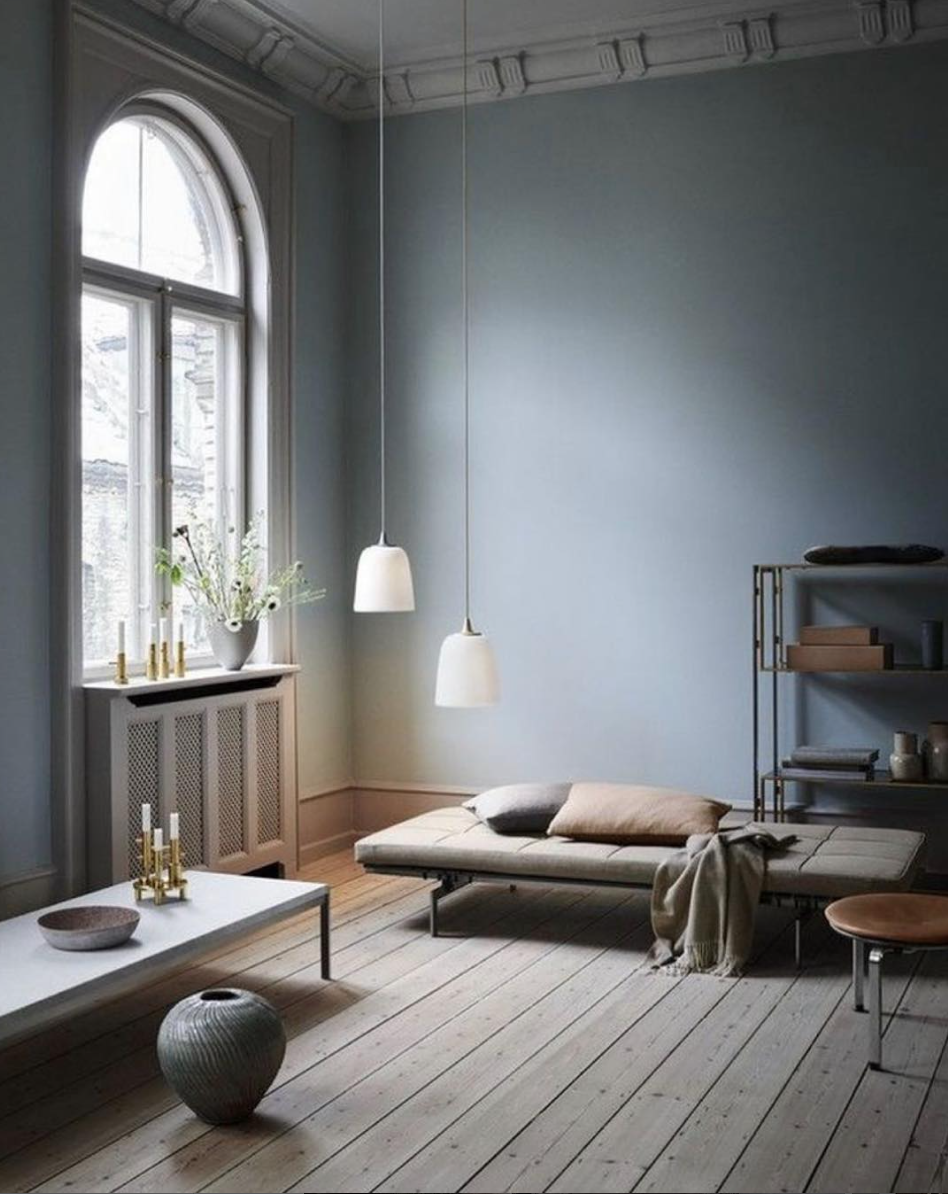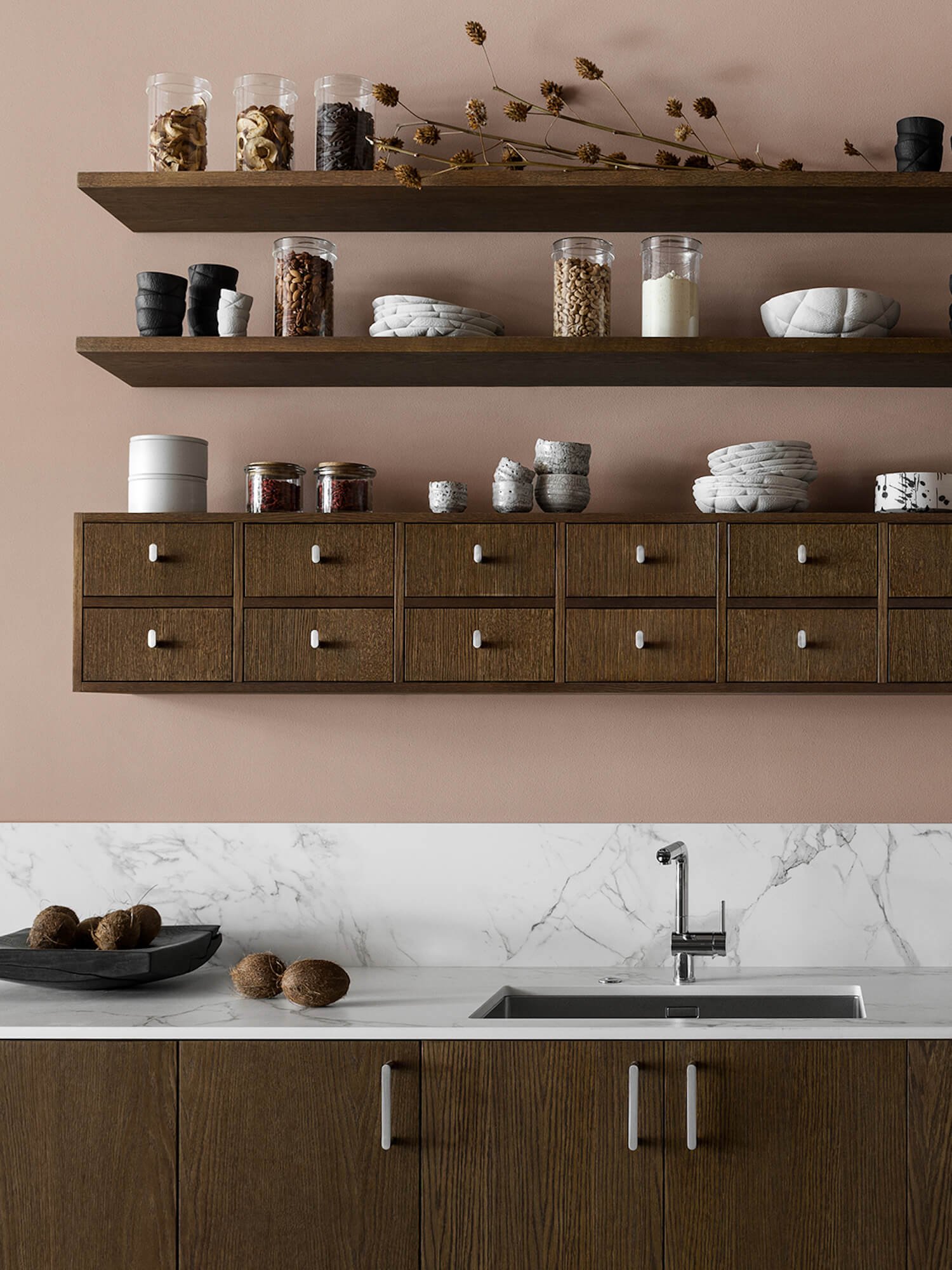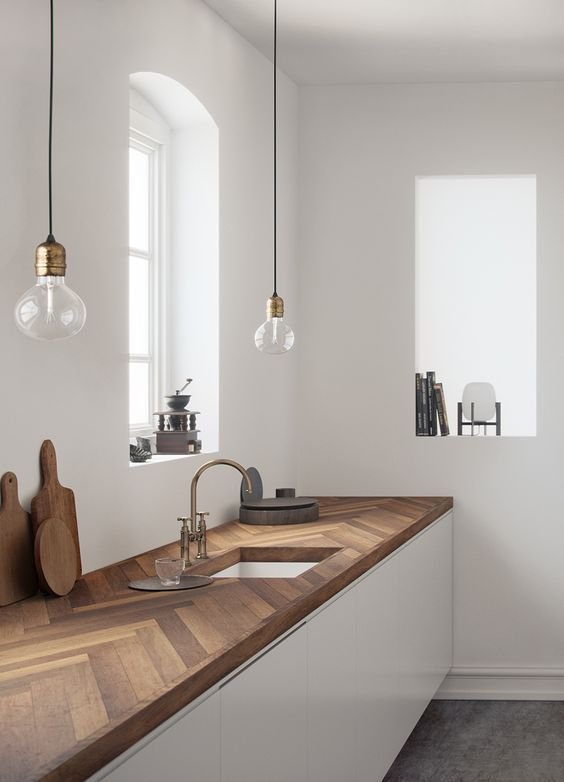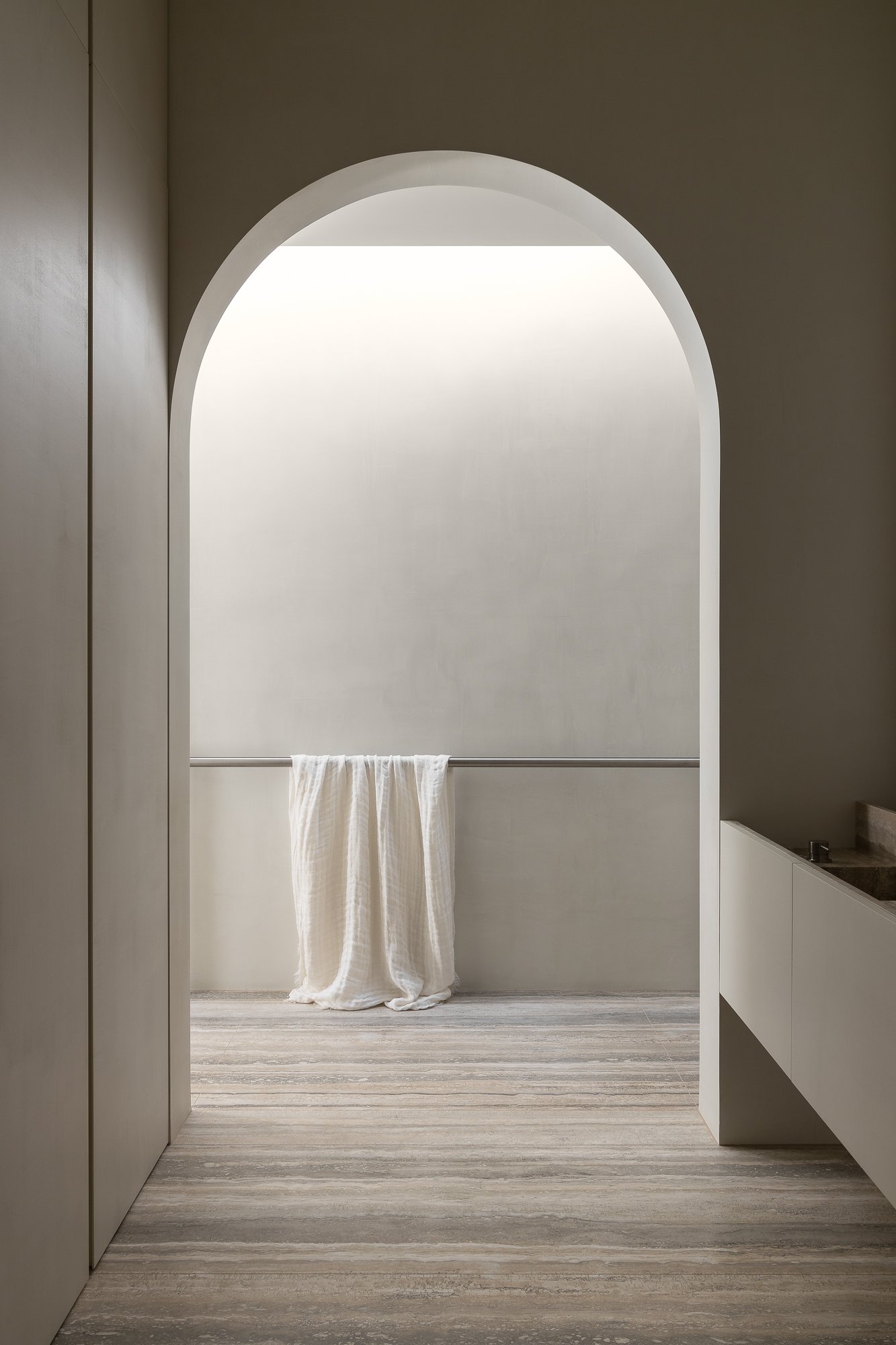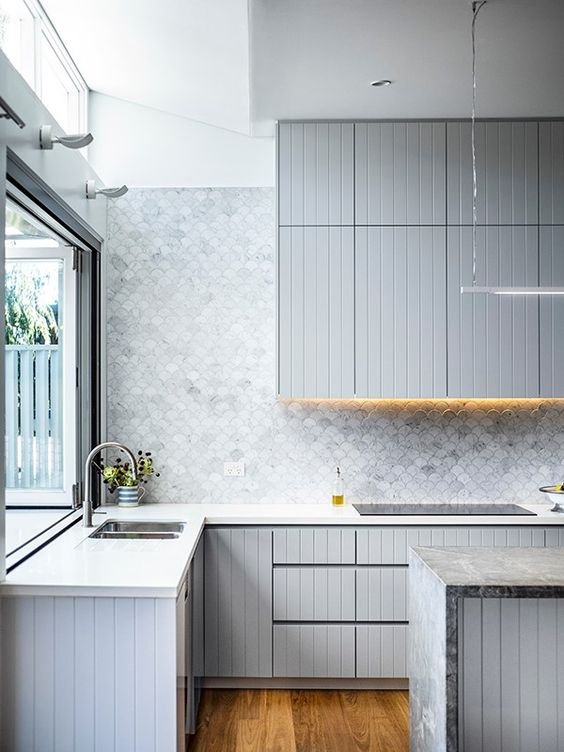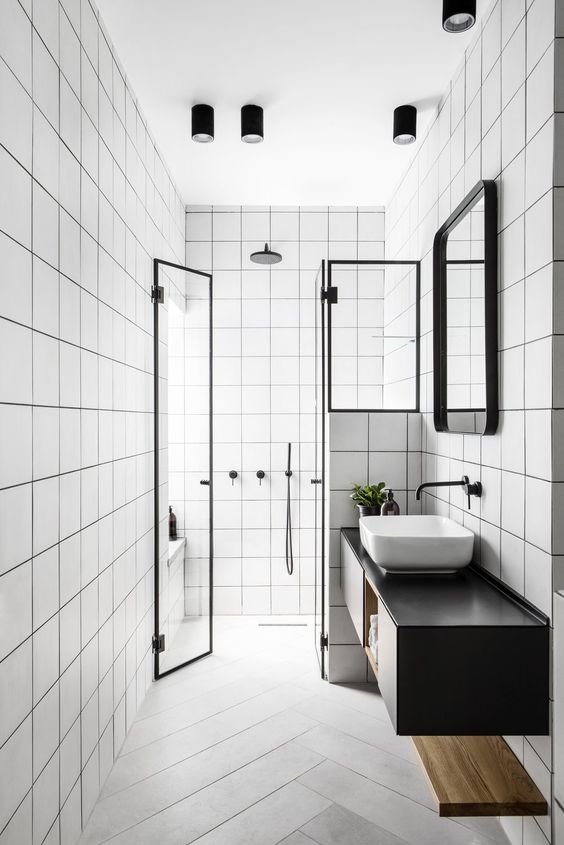SATIN NICKEL vs BRUSHED NICKEL - What's The Difference?
When it comes to home decor, there are so many options to choose from, and sometimes it can be overwhelming. Two finishes that are often compared are satin nickel and brushed nickel. But what's the difference between these two? We're breaking it down to help you decide which finish is the best for your home.
What Is Satin Nickel?
Satin nickel is like the little black dress of home decor - it's versatile and timeless. It's a type of finish applied to metal surfaces, such as bathroom fixtures or light fixtures, that gives it a smooth, matte finish. It's not as shiny as chrome, and with a subtle lustrous finish, it's perfect for those who like a modern, clean look to their interiors.
What Is Brushed Nickel?
Brushed nickel, on the other hand, is like a cozy sweater - it's warm and inviting. It's a type of finish applied to metal surfaces, such as cabinet knobs, door handles, and plumbing fixtures, that gives it a subtle, textured look and is perfect for those who like a classic finish.
Satin Vs Brushed - Which Nickel Fixtures Should You Choose?
Now that we've got the basics down, let's dive into the differences between these two popular finishes.
APPEARANCE
Satin nickel has a softer, matte, lustrous appearance, while brushed nickel has a slightly textured finish. If you're going for a more modern, understated look, satin nickel might be the way to go. But brushed nickel could be a perfect choice if you want a rustic, industrial feel.
Although often mistaken for the same, brushed nickel and satin nickel are two distinct finishes. A key brushed nickel difference is that brushed nickel offers a flat finish with clear brush strokes, while satin nickel is softer in hue with less visible brushing. Be mindful of these nuances as you select - they can dramatically impact the final look!
DURABILITY
When it comes to durability, both satin nickel and brushed nickel fixtures are relatively durable and can withstand regular use. However, satin nickel fixtures may show signs of wear and tear more easily, as their smooth finish can show fingerprints and water spots. Brushed nickel bathroom fixtures are durable and can withstand everyday wear and tear in the bathroom. The nickel material is resistant to corrosion and tarnishing, and the brushed finish helps to hide any minor scratches or scuffs that may occur over time.
COSTS
In general, satin nickel tends to be slightly more expensive than brushed nickel. This is because it requires more labor-intensive processes to achieve a smooth, matte finish and is considered a premium finish. Brushed nickel, on the other hand, is more affordable but still offers a stylish and elegant look. The choice is yours, but remember that both finishes have unique features and benefits, so weigh your options carefully before making a decision.
MAINTENANCE
Both satin and brushed nickel are low-maintenance finishes that are easy to clean and care for. In terms of maintenance, satin nickel fixtures are generally easier to clean and maintain due to their smooth finish. They can be easily cleaned with a damp cloth and mild soap.
Brushed nickel fixtures, however, may require more effort to clean and maintain, as their textured finish can be harder to clean and require more frequent polishing to maintain their appearance.
The Manufacturing Process
Pure nickel is a type of metal often used in the construction of bathroom fixtures, such as faucets and shower heads. It is a durable and corrosion-resistant material that can withstand exposure to water and other bathroom elements. Nickel plating is also applied to metals like brass to give them a shiny and corrosion-resistant finish. It is also used in other fixtures.
Yes, satin nickel and brushed nickel bathroom fixtures are typically made of nickel. The terms "satin nickel" and "brushed nickel" refer to the nickel's finish rather than the material's composition. Satin and brushed nickel are similar in appearance but are made differently.
How Is Satin Nickel Made?
The satin nickel process is made by applying a chemical solution to the metal surface after it has been polished. The chemical reacts with the metal to create a low-gloss finish with a smooth, satin-like appearance. Professionals in a controlled environment often do this process.
How Is Brushed Nickel Made?
Brushed nickel plating, on the other hand, is created by physically brushing the surface of the metal with a wire brush, which creates a subtle texture. This process can be done by hand or by machine. The result is a finish that has a matte-like appearance with a subtle texture.
It is important to note that the terms "brushed nickel" and "satin nickel" are often used interchangeably, but they are technically different. Some manufacturers may use the term "satin nickel" to refer to a finish that has been brushed and then chemically treated to create a satin finish.
The Range of Colors
When it comes to the range of colors available for satin nickel and brushed nickel, it's like comparing a box of crayons to a paint palette. With its smooth dull finish, satin nickel is typically available in a range of silver shades, from cool to warm, that can complement any decor.
Brushed nickel, with its subtle texture and brushed finish, is available in a similar range of silver shades but can also be found in other metal finish hues such as gold, bronze, and copper, giving you a more diverse range of options.
Ultimately, the color range for both finishes will depend on the manufacturer. Both finishes offer a unique and elegant look but have color options. So, choose the one that fits your lifestyle and aesthetic and enjoy its beauty for years to come.
Satin Nickel Finishes
Satin nickel finishes are a type of finish applied to metal surfaces, such as bathroom faucets, light fixtures, and cabinet hardware, to give them a smooth, low-gloss look. Some common types of satin nickel finishes include:
PVD Satin nickel finish: Physical Vapor Deposition (PVD) is a process that applies a satin finish using a chemical vapor process. It is more durable and resistant to tarnishing and corrosion than traditional satin nickel finishes.
Antique satin nickel finish: This finish is created by applying a chemical solution that gives it an aged, antiqued appearance. It provides a unique and elegant look to the metal surface.
Polished satin nickel finish: This finish is created by applying a satin finish to the metal surface and then polishing it to create a shiny surface; it gives a modern and sleek look.
Brushed Nickel Finishes
Brushed nickel finishes are a type of metal finishing applied to metal surfaces, such as faucets, light fixtures, and cabinet hardware, to give them a subtle, more handcrafted appearance. Some common types of brushed nickel finishes include:
Oil-rubbed bronze finish: This finish is created by applying a dark oil-based coating to the metal surface, which gives it a dark, antiqued appearance.
Antique brushed nickel finish: This finish is created by brushing the metal surface with a wire brush to create a subtle texture and then applying a chemical solution that gives it an aged antiqued appearance.
Matte brushed nickel finish: This finish is created by brushing the metal surface with a wire brush to create a subtle texture without additional treatment or finish.
Polished brushed nickel finish: This finish is created with wire brushes on the metal surface to create a non-reflective texture and then polished to create a shiny surface.
It's important to note that the term brushed nickel is often used interchangeably, but technically speaking, the finish can come in different variations.
Satin VS Brushed Nickel Over Time
Both satin and brushed nickel are durable finishes that withstand regular use and resist wear over time. However, the specific wear and tear on a satin nickel or brushed nickel finish will depend on various factors, such as the quality of the finish, the type of use the item receives, and how well it is maintained.
Brushed nickel brings a unique and subtle texture to your space; its matte finish can conceal scratches and smudges more than satin nickel. Although it tends to disguise minor imperfections well, be aware that this type of finish is prone to scratching and tarnishing in the long run.
Satin nickel has a more subdued shine, and it can show scratches and smudges more easily. Its smooth appearance and low-gloss finish may show signs of wear and tear more easily, but it is also more resistant to corrosion and discoloration.
Both finishes can be cleaned and polished to maintain their appearance. Regular cleaning and polishing can help remove dirt, grime, and fingerprints and restore the shine to a satin nickel finish.
Generally, both finishes are durable and can be expected to have a long lifespan if they are well-maintained. However, the specific lifespan of a satin nickel or brushed nickel finish will depend on the specific item and the conditions under which it is used.
In conclusion, Satin and brushed nickel are both high-quality metal finishes that can add a sleek and modern look to any space. Each has unique aesthetic and characteristics, so it is essential to consider the application, how well it will be maintained, and how much wear and tear it will receive when selecting one of these finishes.
GATHERAUS - where your dream home décor comes to life with endless style inspiration. Scroll and click those links below and watch your living space go from drab to fab in a snap.

